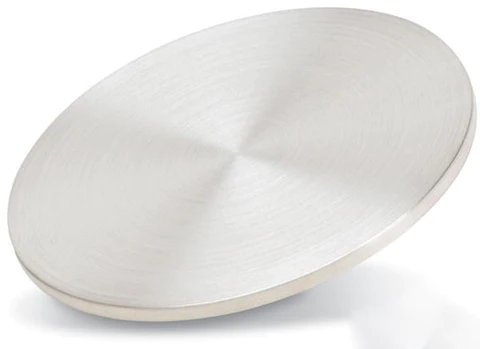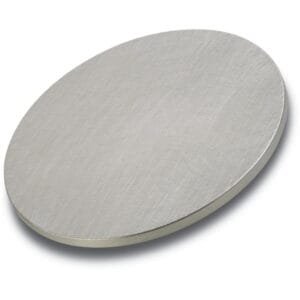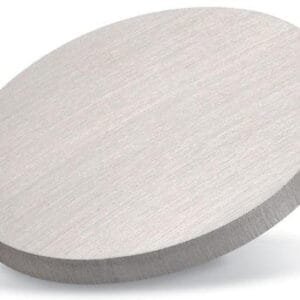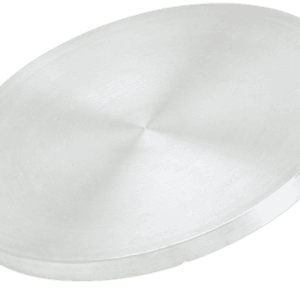Lead Sputtering Target Description

Lead Sputtering Target Specification
| Material Type | Lead |
| Symbol | Pb |
| Color/Appearance | Bluish White, Metallic |
| Melting Point | 328 °C |
| Density | 11.34 g/cc |
| Thermal Conductivity | 35 W/m.K |
| Coefficient of Thermal Expansion | 28.9 x 10-6/K |
| Available Sizes | Dia.: 1.0″, 2.0″, 3.0″, 4.0″, 5.0″, 6.0″ Thick: 0.125″, 0.250″ |
We also offer other customized shapes and sizes of the sputtering targets; please Contact Us for more information.
Lead Sputtering Target Application
The lead sputtering target is used for thin film deposition, decoration, semiconductor, display, LED and photovoltaic devices, functional coating as nicely as other optical information storage space industry, glass coating industry like car glass and architectural glass, optical communication, etc.
Other applications of lead include:
- Ballasts
- Counterweights
- Sound insulation
- Inertial components
- In lead-acid batteries
- Ammunition and armors
- As a coloring element in ceramic glazes
- As a protective glass of computer and TV screens to shield the viewer from radiation.
Packaging
Our lead sputter targets are carefully handled to prevent damage during storage and transportation and to preserve the quality of our products in their original condition.
Get Contact
TFM offers Lead Sputtering Targets in various forms, purities, sizes, and prices. We specialize in high-purity thin film deposition materials with optimal density and minimal grain sizes, which are ideal for semiconductor, CVD, and PVD applications in display and optics. Contact Us for current pricing on sputtering targets and other deposition materials that are not listed.





Reviews
There are no reviews yet.